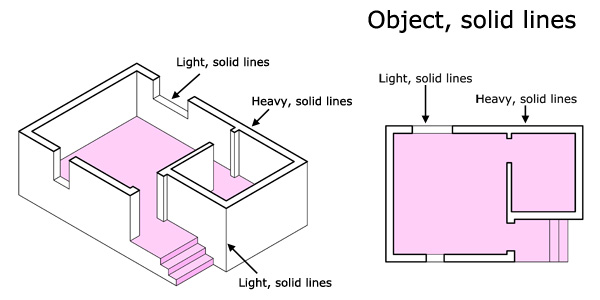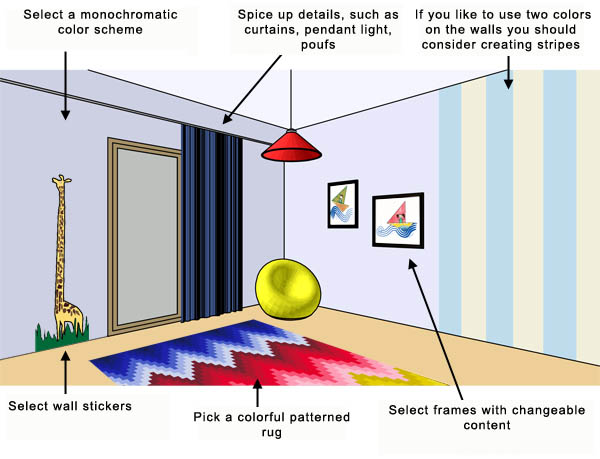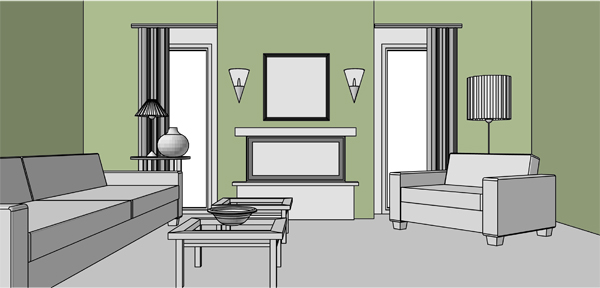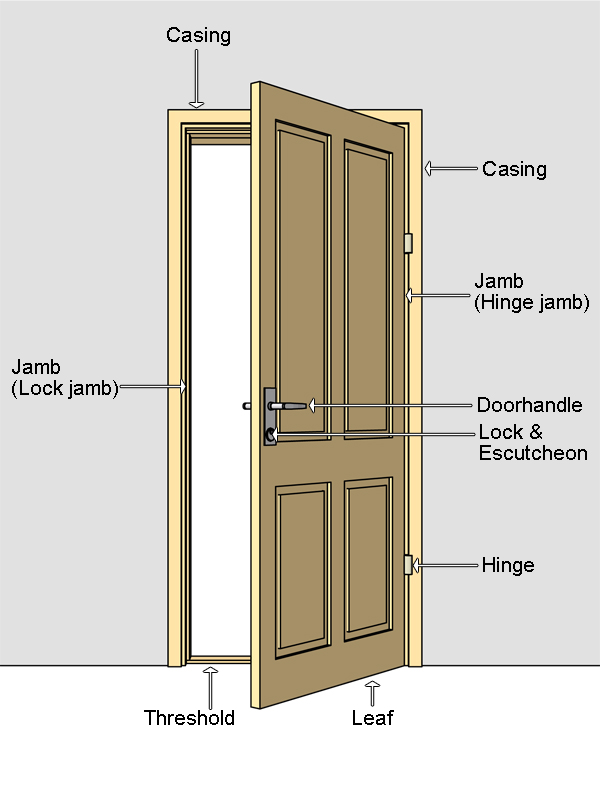Most dining tables are made to standard measurements.
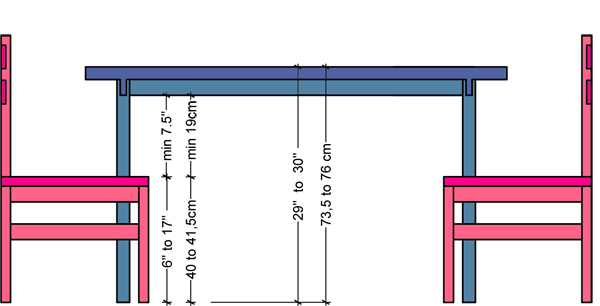
Standard dining table height:
The dining table has to be high enough so that there is enough clearance space between the top of the seat and the underside of the table for the sitting person to move the knees freely. Most dining tables are 28'' to 30'' (71-76 cm ) high, but the most adequate height is between 29'' to 30'' (73,5 to 76 cm).

